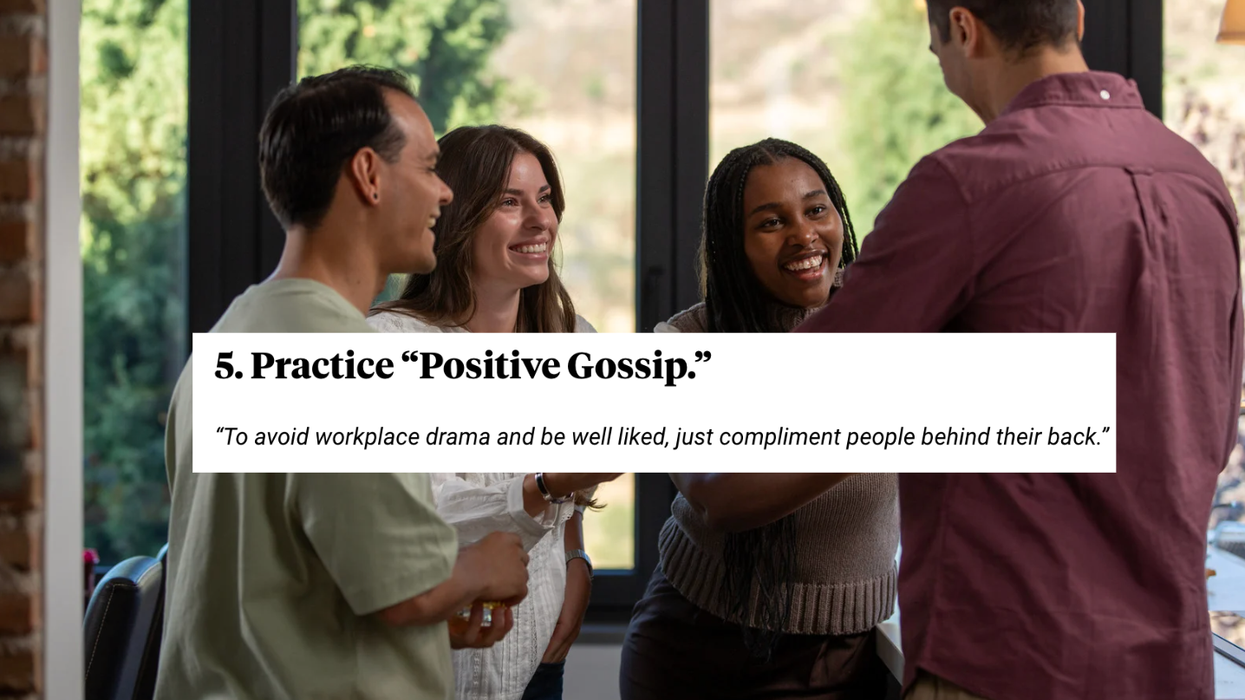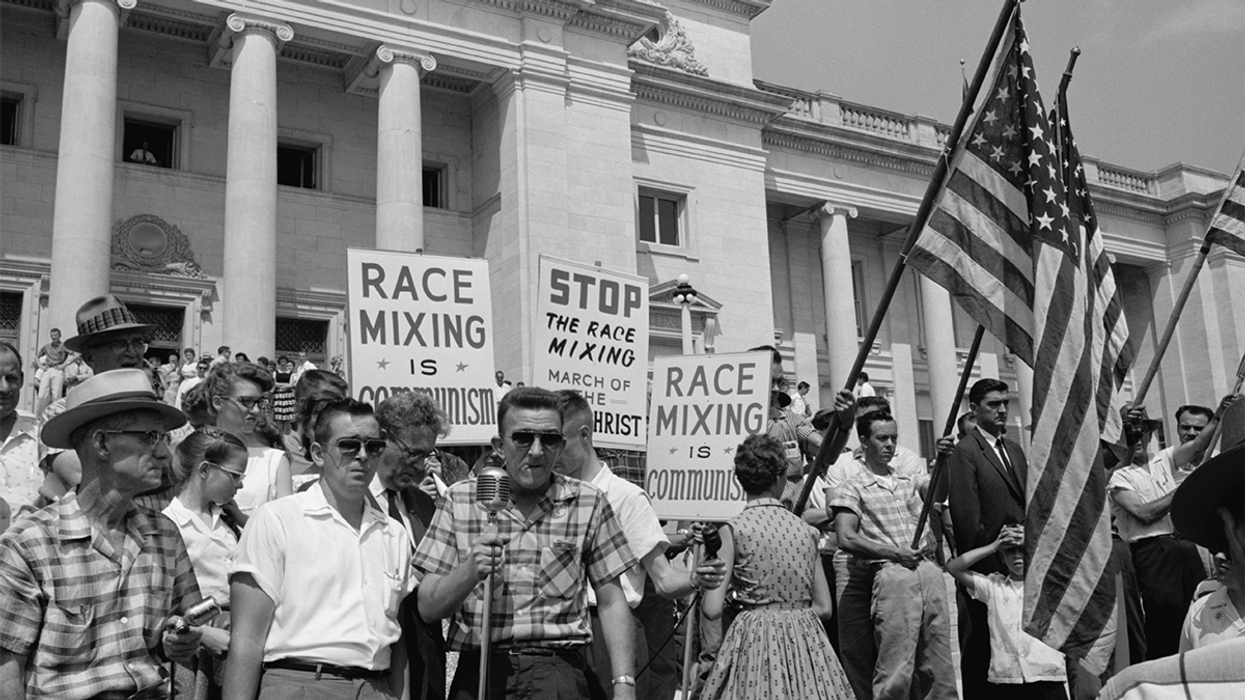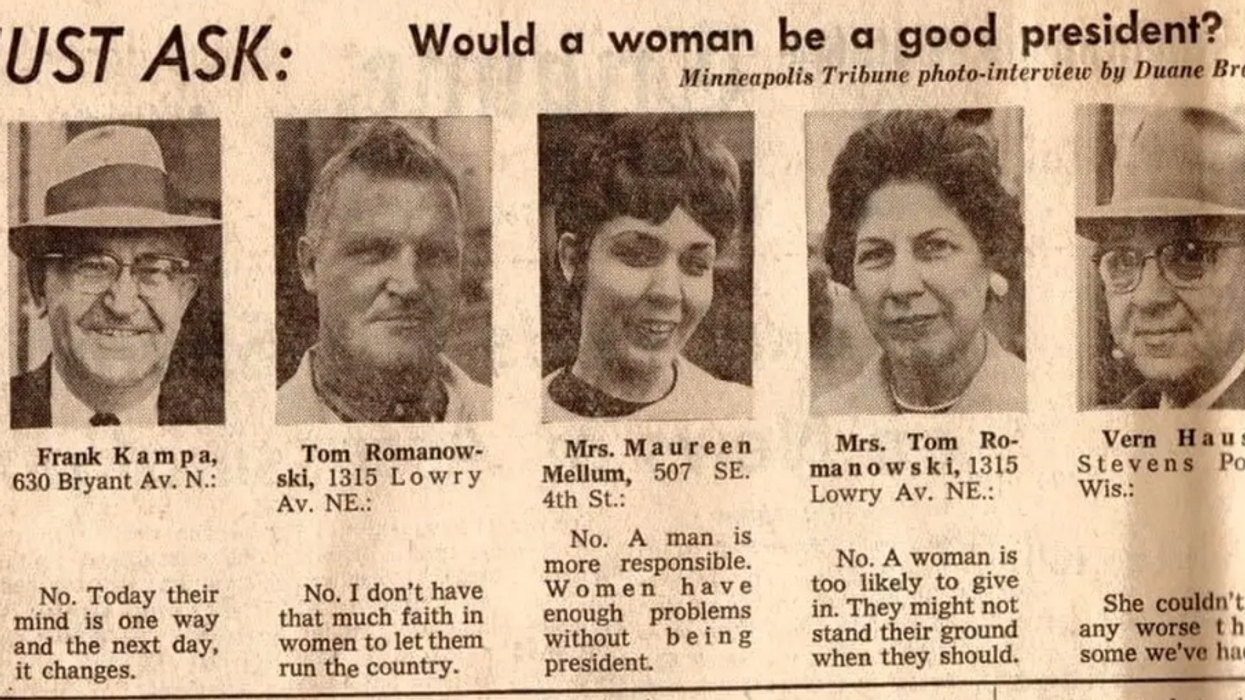“Once a Playmate, always a Playmate,” Playboy founder Hugh Hefner was fond of saying. To prove that “beauty is ageless, sex appeal is timeless, and exuberance is eternal,” the magazine invited seven of its Playmates back to recreate their iconic photos. To perfectly recreate the original images, the models wore the same attire (or lack thereof), posed in the same positions, and made the same alluring faces. The shoot took place in Chicago with photographers Ryan Lowry and Ben Miller.
Playmate Candace Collins saw the shoot as an opportunity to show that a woman’s spirit never fades. “I was thrilled and then terrified and then determined — determined to make this shoot something I would be proud of and also, in a way, let the world know that women of a certain age still have a lot of fight and spirit left in them long after their 20s disappear,” she said.
Renee Tenison, the first African-American woman to be named Playmate of the Year, returned for the new shoot, proud to see her fellow Playmates looking great decades after they first graced the pages of Playboy. “We are a very exclusive sisterhood, a sorority,” Tenison said. “And most of us, I’d have to say, look pretty great. We work at it. We are just a little older now.”
Photos courtesy of photographer Ben Miller.
Search
Latest Stories
Start your day right!
Get latest updates and insights delivered to your inbox.
We have a small favor to ask of you
Facebook is critical to our success and we could use your help. It will only take a few clicks on your device. But it would mean the world to us.
Here’s the link . Once there, hit the Follow button. Hit the Follow button again and choose Favorites. That’s it!
The Latest
Most Popular
Sign Up for
The Daily GOOD!
Get our free newsletter delivered to your inbox
















 Robin Williams performs for military men and women as part of a United Service Organization (USO) show on board Camp Phoenix in December 2007
Robin Williams performs for military men and women as part of a United Service Organization (USO) show on board Camp Phoenix in December 2007 Gif of Robin Williams via
Gif of Robin Williams via 
 People on a beautiful hike.Photo credit:
People on a beautiful hike.Photo credit:  A healthy senior couple.Photo credit:
A healthy senior couple.Photo credit:  A diverse group of friends together.Photo credit:
A diverse group of friends together.Photo credit:  A doctor connects with a young boy.
A doctor connects with a young boy.  Self talk in front of the mirror.Photo credit:
Self talk in front of the mirror.Photo credit:  Lightbulb of ideas.Photo credit
Lightbulb of ideas.Photo credit 

 Superstructure of the Kola Superdeep Borehole, 2007
Superstructure of the Kola Superdeep Borehole, 2007 

